For those who have trouble seeing in dark places, day or night.
In dark or nighttime environments,
Brighter vision, and a wider field of vision for those with tunnel vision.
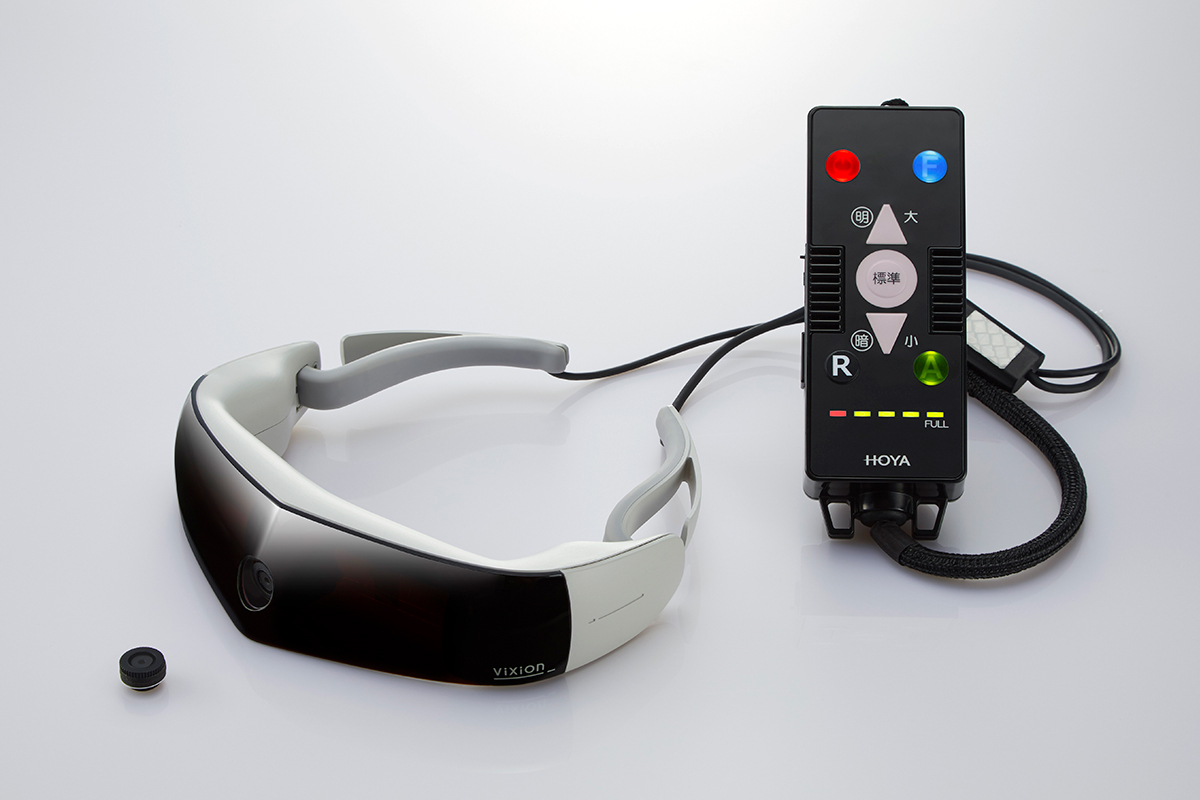
``HOYA MW10 HiKARI'' is a uniquely developed low-light, high-sensitivity compact camera that amplifies the slightest amount of light and can take photos in natural colors, and is installed within the head mount. By processing the image on a computer and projecting it onto the display in front of you, it is reproduced in bright colors even in the dark.
*This is different from a monotone night vision camera that uses infrared reflection. *HOYA MW10 HiKARI is effective for people with central vision and night blindness (can see in bright places but has trouble in dark places).
HOYA MW10 HiKARI|detail
live view
Projected as image light
A small camera is built into the center of the frame, and a small projector is built into the left and right overhangs. The small amount of light captured by the camera is amplified and projected onto the half mirror layer as a clear image.
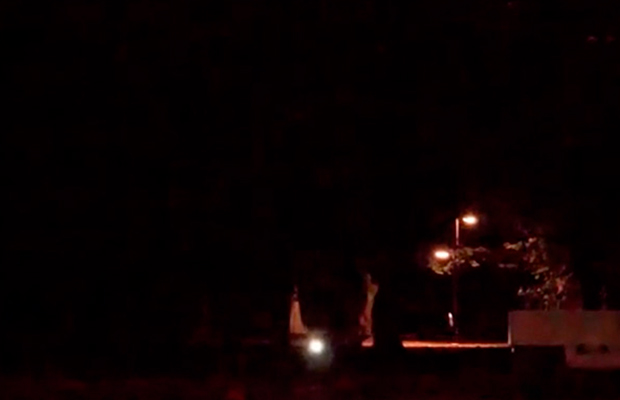 Photographed with a commercially available video camera (in the park at 8pm)
Photographed with a commercially available video camera (in the park at 8pm)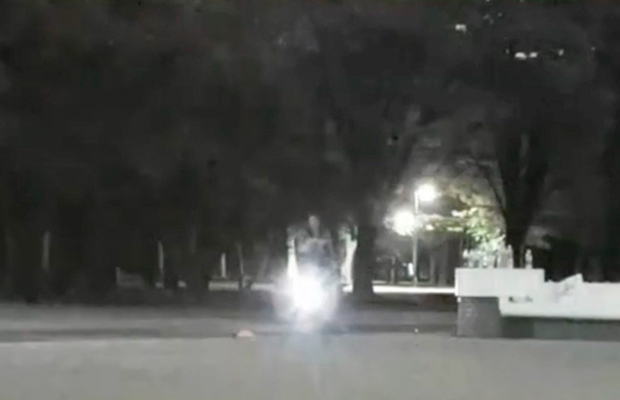 Photographed with HOYA MW10 HiKARI (in the park at 8pm)
Photographed with HOYA MW10 HiKARI (in the park at 8pm)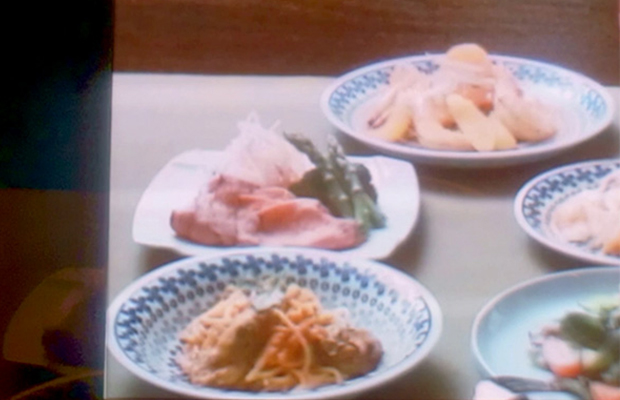 MW10 / Used in a restaurant with dimmed lights
MW10 / Used in a restaurant with dimmed lightsTwo types of camera lenses
``It would be great if the lenses could be changed like single-lens cameras,'' and we turned that request into reality. You can use two types of lenses depending on your purpose: a "standard camera lens (up to 27 degrees horizontally)" that accurately captures what's at hand, and a "wide-angle camera lens (up to 142 degrees horizontally)" that allows you to see the landscape from a wide angle. .
○ Standard camera lens…When walking in a dark place, looking at your hand or the night sky ○ Wide-angle camera lens…When you want to see the entire scenery, etc.
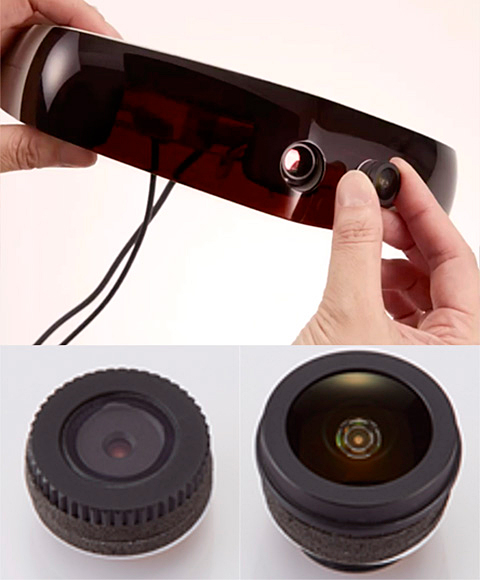 Left: Standard camera lens Right: Wide-angle camera lens
Left: Standard camera lens Right: Wide-angle camera lens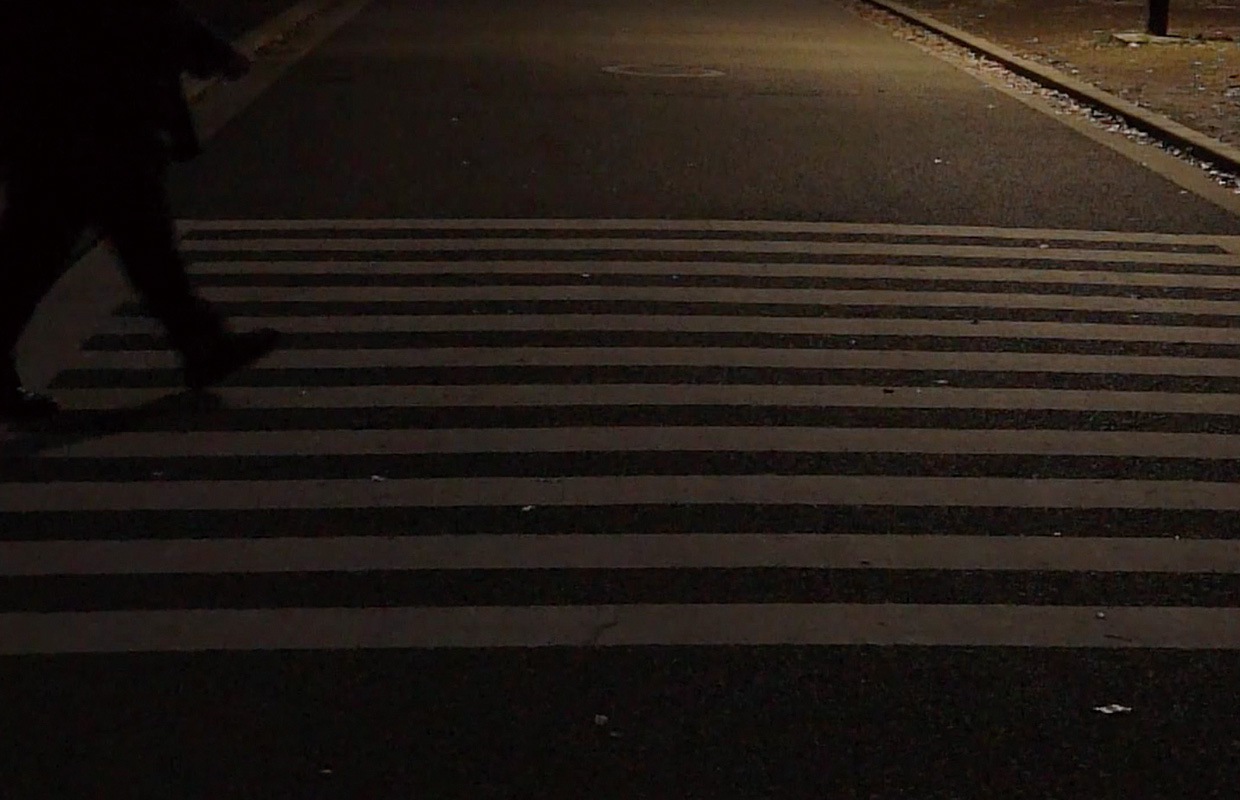 commercially available video camera
commercially available video camera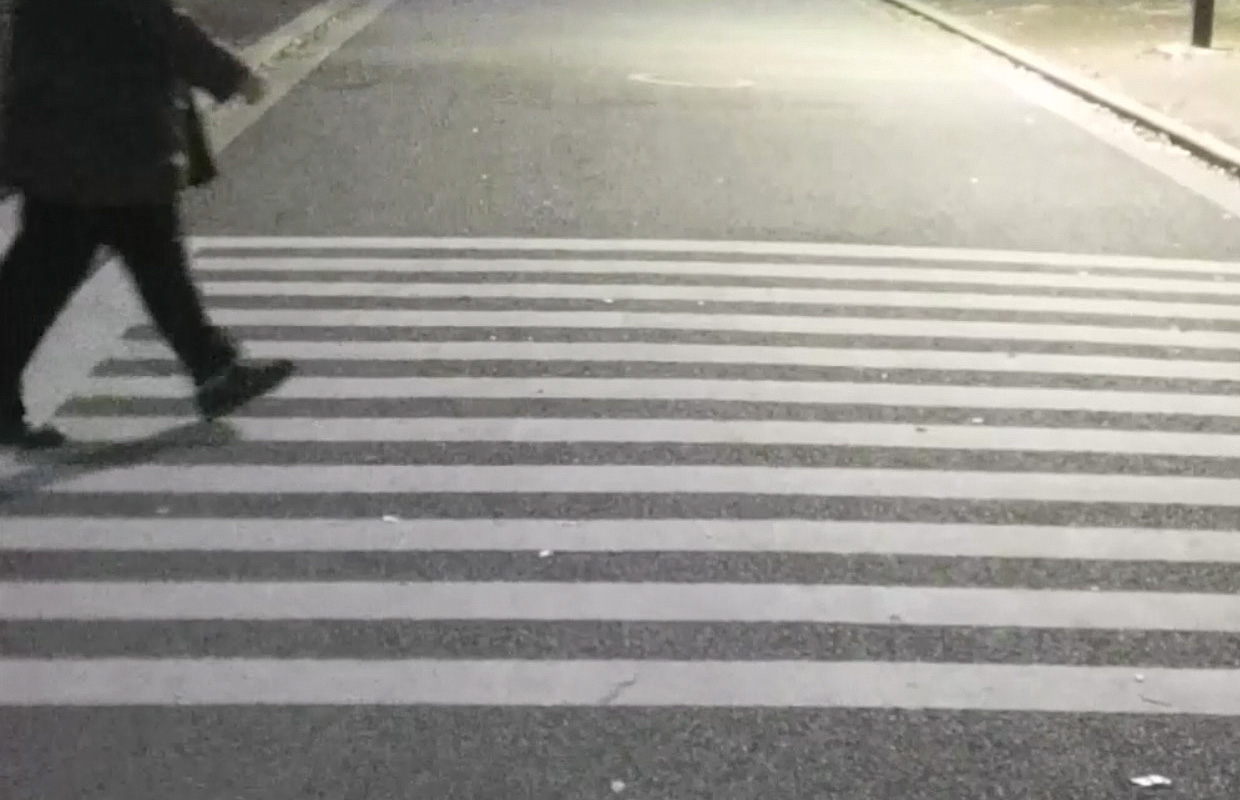 standard camera lens
standard camera lens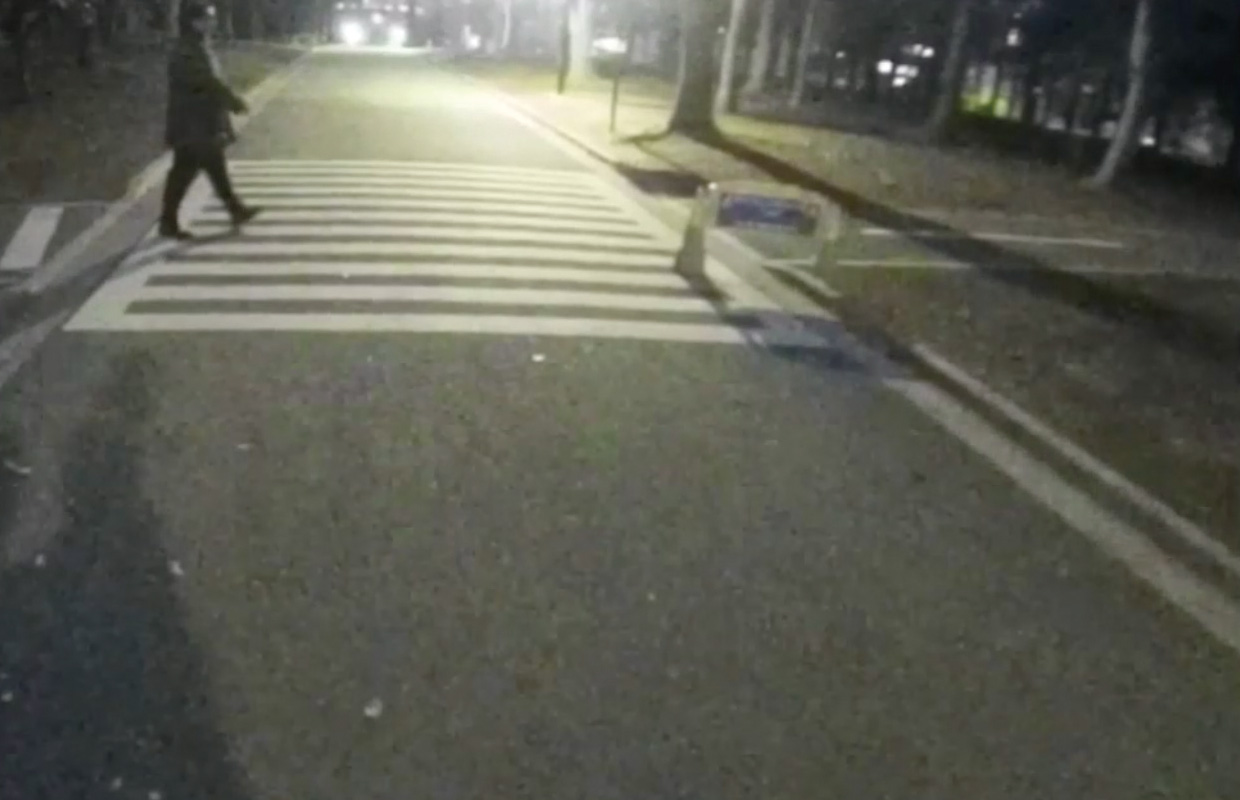 wide angle camera lens
wide angle camera lens*This is a direct capture of the image taken by HOYA MW10 HiKARI. *Display size will not change. *There are individual differences in how you see it.
Color display/black and white inverted display can be selected even in dark places
The color tone can be changed to standard (color), high contrast (white, yellow emphasis), and black and white (single color/inverted). Images can be reproduced in color (approximately 16.77 million colors) even in the dark as in the daytime.

Left and right display see-through structure
See-through structure allows you to feel the outside air. The displays inside the half-mirror layer are placed on the left and right so that the functioning eye can be used primarily.

Combined sale model
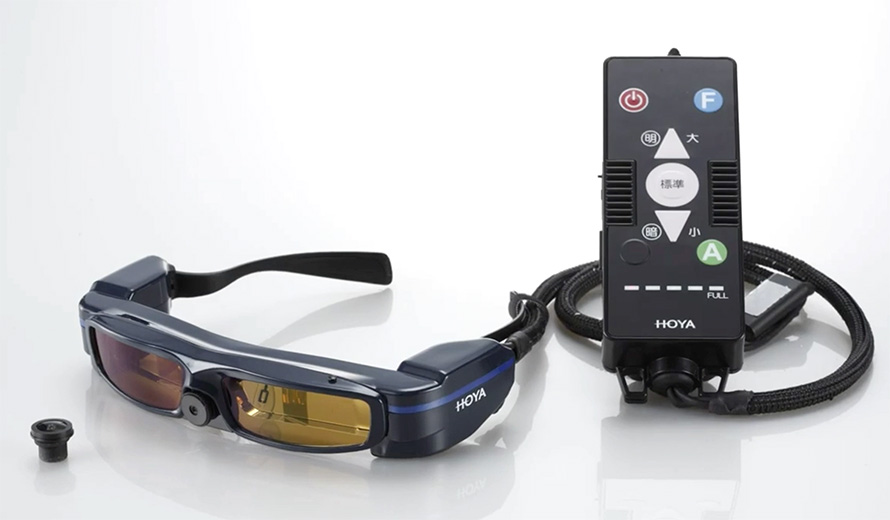
Body color/outer lens color
You can choose from 2 colors each. (Combination is free)
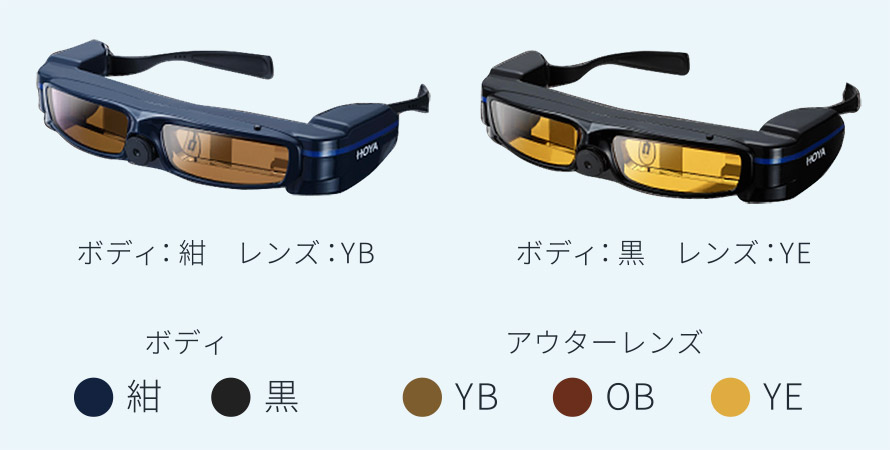
The outer lens (outside) is equipped with HOYA Retinex (light-shielding lens) as standard. You can choose from three retinex colors (YB/OB/YE) that are best viewed through the display.
*The color representation is an image. Please check the actual color at the store.
option
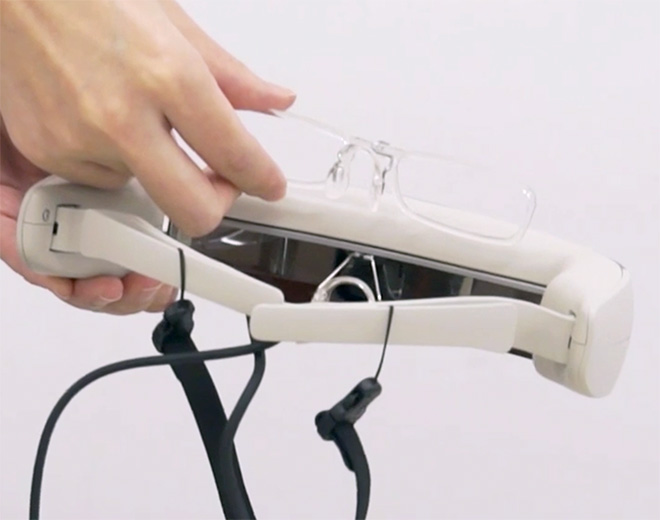
inner lens
For those who require vision correction, inner frame lenses can be installed in front of the display (optional). The prescription for the inner lens is the distance diopter of a single vision lens.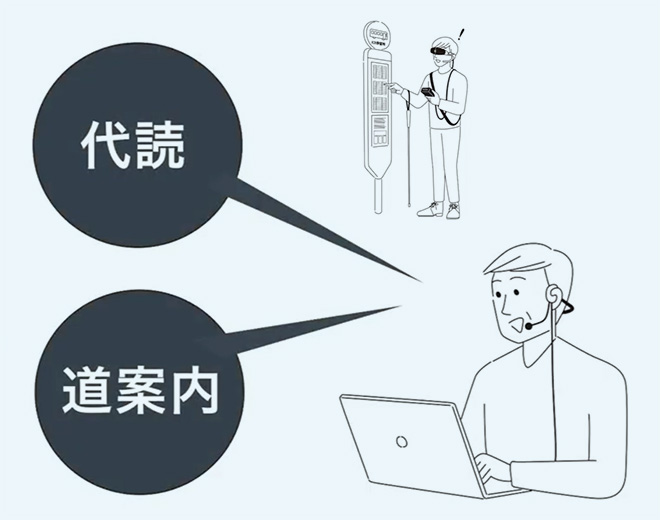
Remote chat function
It is safe for your family and managers at work. Remotely transmit MW10 live video. It is possible to read text that is difficult to read and provide guidance on career paths.*Program pre-installed. By purchasing a flat-rate license (updated for 1 year), you can use the MW10 image transmission and audio transmission and reception services.
DESIGN
It has a curve that fits the face more naturally, and a seamless shape that makes the protrusion of the camera less noticeable.
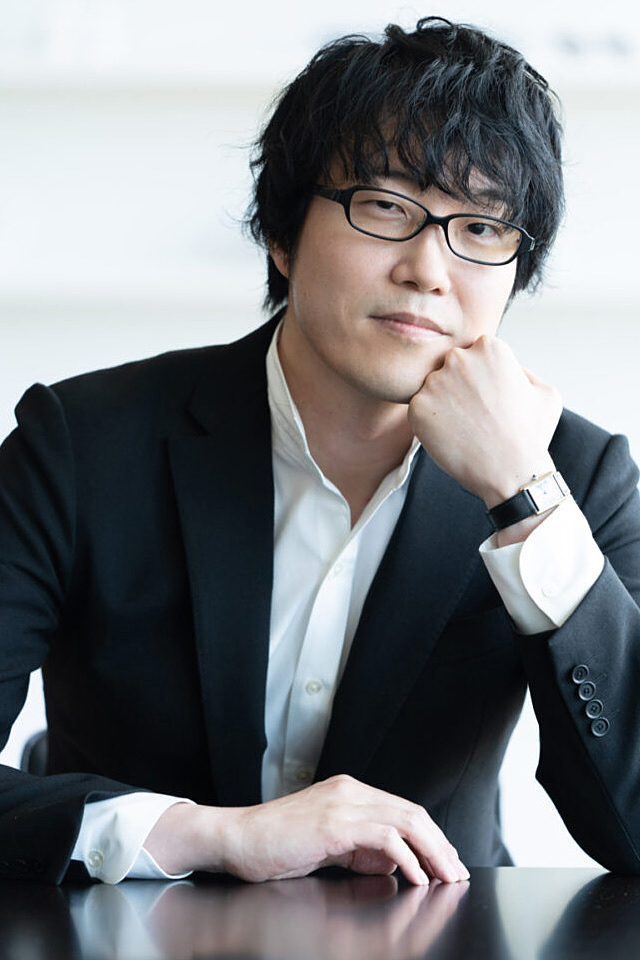
Chief Designer Oki Sato (nendo, Inc, CEO)
"I am grateful for the opportunity to embark on this new challenge, where a design office has been part of the team since the company's inception. I would be delighted to contribute to the value creation of ViXion by leveraging creativity in a multifaceted way, not just limited to the existing design domain."
Selected as one of the '100 Most Respected Japanese People' by Newsweek magazine, their works are housed in museums around the world, including the Museum of Modern Art (MoMA) in the United States.
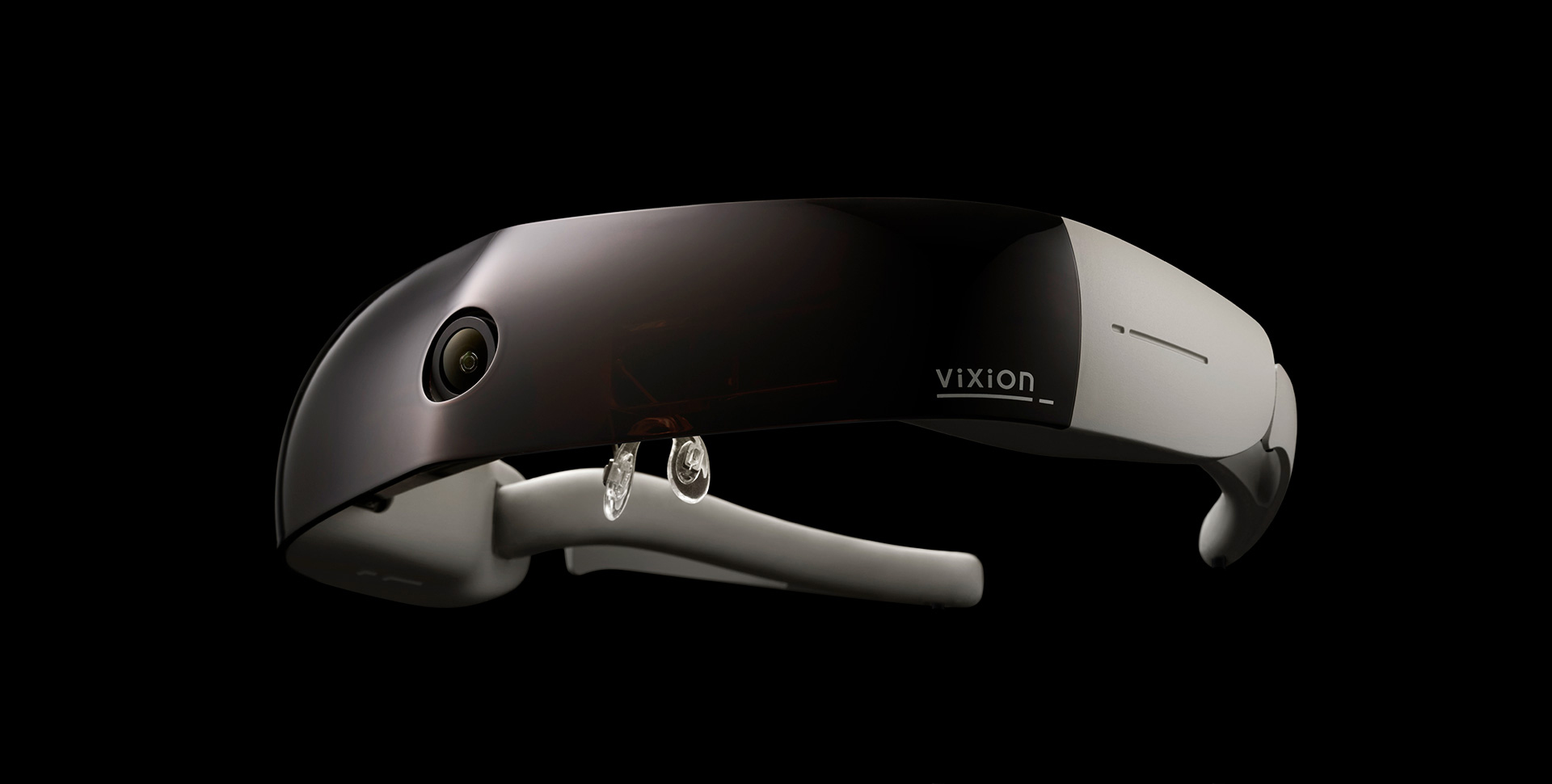
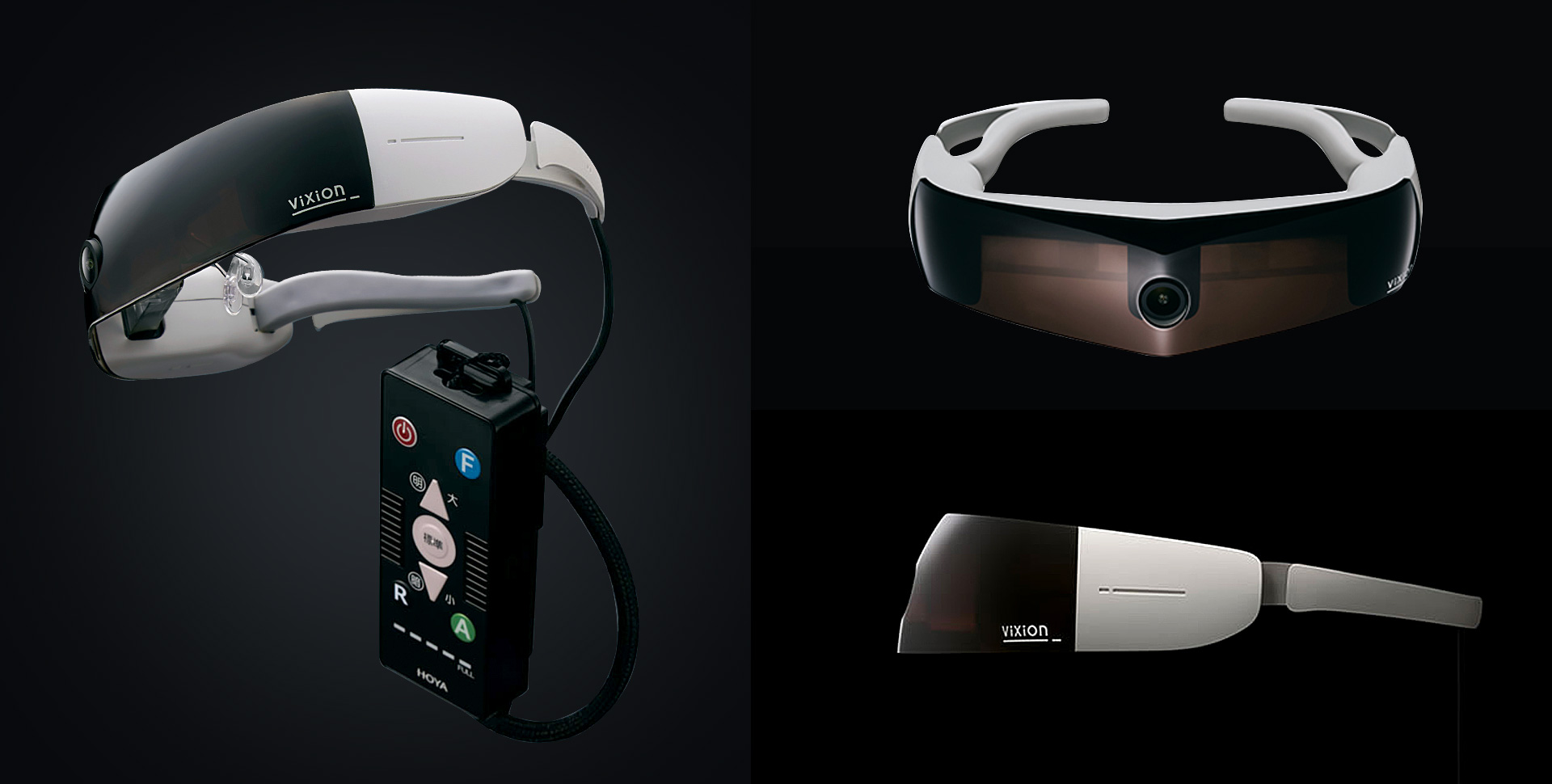

 Document request
Document request